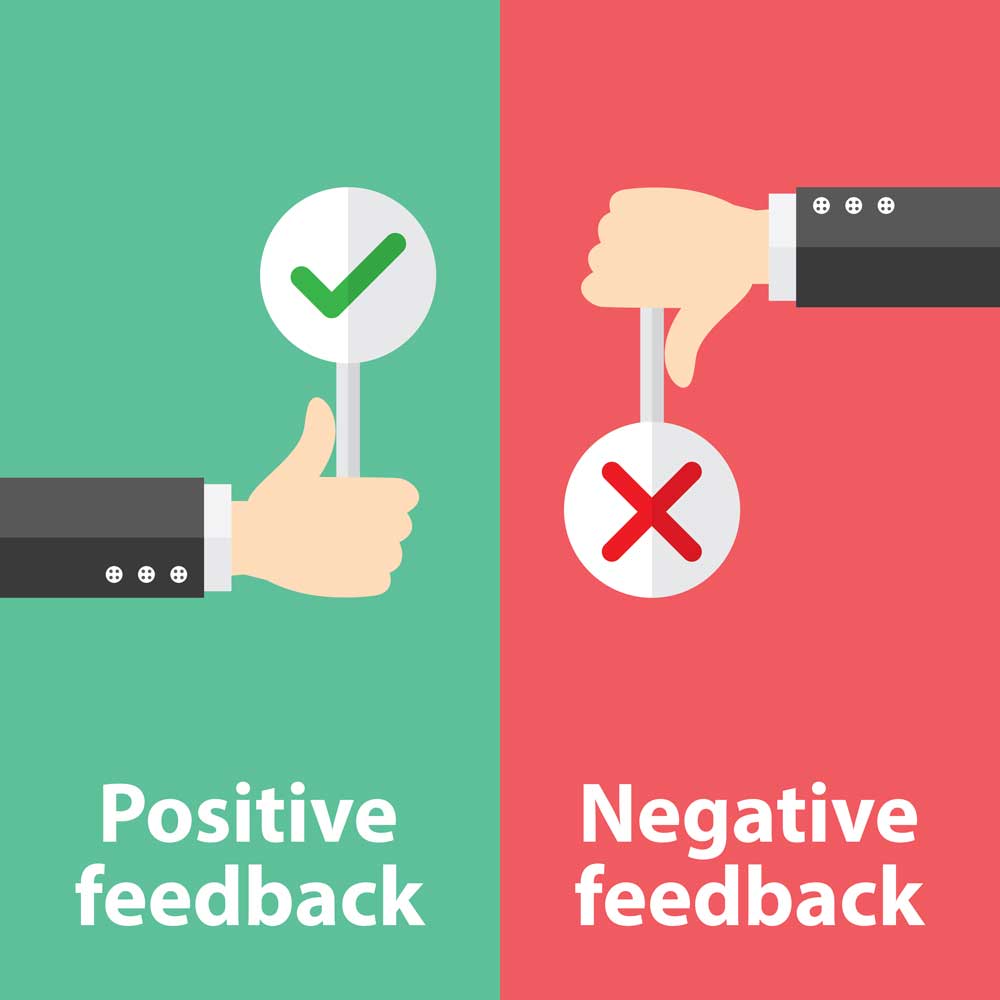Have you ever wondered how to give negative feedback as a positive leader?
You’re not alone – I get asked this question all the time, and that’s why this post is devoted to the answer.
First off, let’s acknowledge the obvious: negative things happen to positive leaders. Remember, positive leadership isn’t all smiles, rainbows, and unicorns. Positive leaders lead organizations filled with people. People aren’t perfect and projects get off track. It’s life, it happens.
Next, let’s eliminate the most common negative approaches: yelling, passive aggressive comments, and airing a laundry list of wrongs. Each of these approaches causes more division than correction.
So now, let’s adjust our lens so we’re viewing the situation from the perspective of a positive leader.
Positive leaders:
- Cultivate a climate of gratitude, compassion, and forgiveness
- Focus on the good and what’s going well.
- Strive for extraordinary levels of excellence.
With that in mind, here are the five key elements that research by esteemed positive organizational researcher, Kim Cameron, has identified for delivering negative feedback as a positive leader:
1. Be mindful of the positive to negative ratio.
Deliver 3-5 positive statements for every negative statement. This counters our innate nature to focus on the negative.
2. Be congruent in your communication.
Make sure your actions and non-verbal communication aligns with what you’re saying. Plus, make sure to maintain composure so your feedback is direct and honest, thereby diffusing triggers of defensiveness.
3. Describe what happened without judgment.
Stick to the neutral facts about what happened and the outcome instead of injecting an opinion or judgment about it. Then propose a solution to help everyone move forward.
4. Focus on the problem, not the person.
Avoid making the issue personal to mitigate pushback and defensiveness. Remember, the situation is negative, not the individual.
5. Validate the person.
Really listen to ensure the person feels seen and heard by staying respectful and asking clarifying questions. Remain open to their input and identify areas of agreement.
Positive Feedback in Action
If your head is spinning with exactly how to orchestrate these elements, don’t worry, here’s an example.
Here’s how negative feedback is often delivered—it’s judgmental and focused on the person, rather than the situation:
“David, this is not acceptable. The report was wrong and frankly, it makes you seem incompetent. This is a disaster – Jeff’s meeting is first thing in the morning, and you’ve screwed up the report he needs. I don’t know what we’re going to do.”
Here’s how this same negative feedback would be delivered by a positive leader:
State the neutral facts and outcome: “David, the report was late and contained errors. This means we all need to stay late and fix it so Jeff has it for his morning meeting.”
Provide a solution that moves everyone forward: “Why don’t you start working on the first part while I reach out to Jeff to let him know we’re running behind schedule and working on finishing it now.”
Negative Responses to Positive Feedback
I wouldn’t be writing about the real world if everything went as planned. So, let’s say David doesn’t care or want to fix the mistakes. What do you do?
Breathe. Go back to your toolbox and repeat. Stick to the facts. Use congruent communication and describe what’s happening without judgment but use it to address their response.
“David, I’m taken aback that you don’t care about this issue (you’re describing the situation factually). Your reaction makes me worry about the performance of our team (you’re describing the outcome). I suggest we take some time to review any concerns you have about us being able to work together to fix this problem (you’re suggesting a constructive solution).
The point is, if you get mad or start engaging in a back-and-forth, it’s just going to create more animosity and defensiveness. But, if you continue with the calm approach of describing the situation, the outcome, and suggesting a solution, you’re going to get further faster and with a better result in the long run.
Now you hold the five keys to delivering negative feedback as a positive leader. Of course, this takes a little practice. So, pick a few of these elements and practice them with a peer or colleague so you’re ready when the time comes.
If you want a deeper discussion on this topic, check out my podcast episode, How to Deliver Negative Feedback as a Positive Leader. Got questions you want answered about this or any other positive leadership topic? Email me at [email protected] and I’ll answer them in a future post!






0 Comments